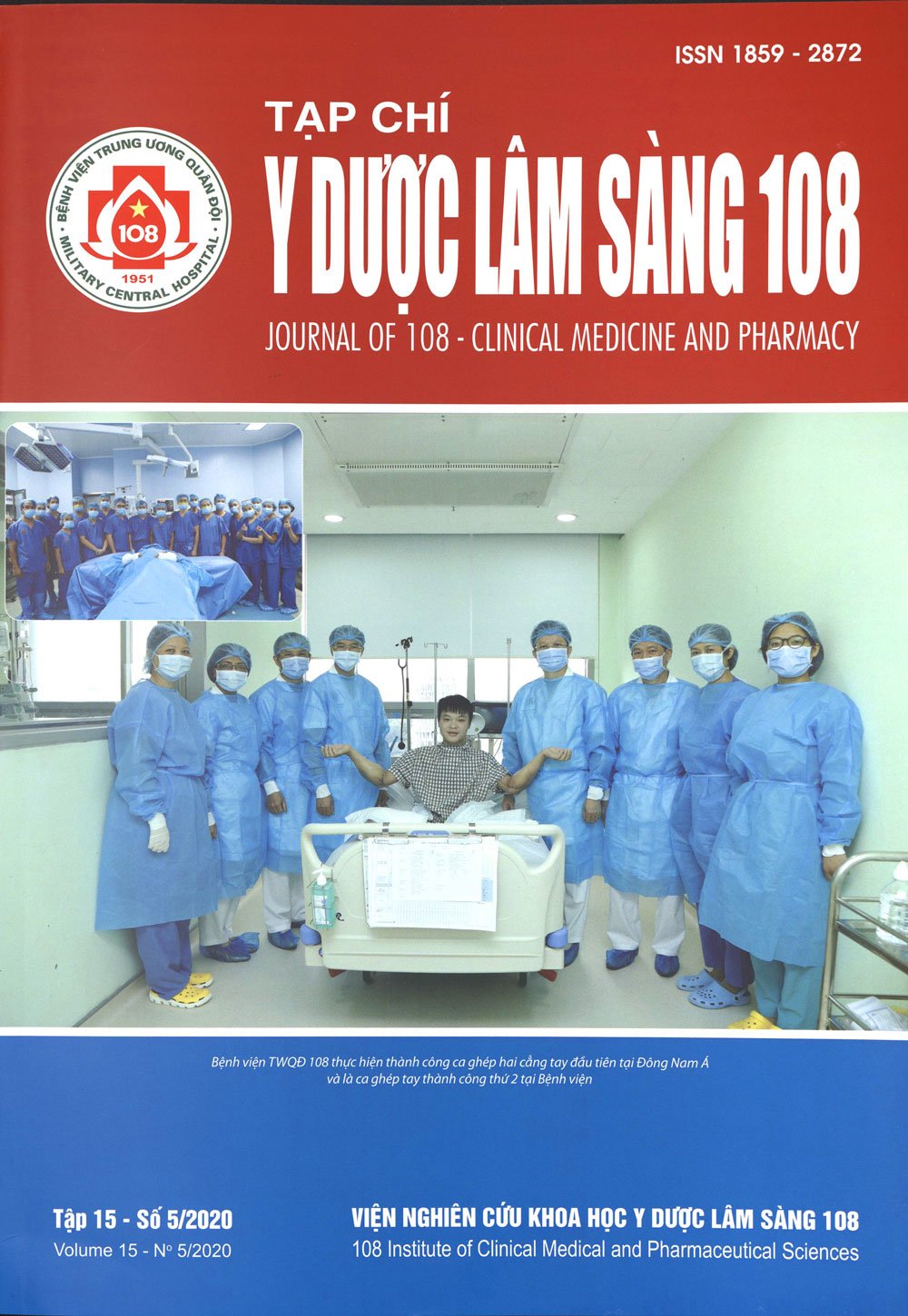Evaluation of root canal morphology of the maxillary first and second molars using small field of views Cone Beam Computed Tomography
Main Article Content
Keywords
Abstract
Objective: To evaluate the efficacy of small field of views cone beam computed tomography (CBCT) for identification of the root and canal morphology of maxillary first and second molars in patients. Subject and method: A cross-sectional study with 55 periapical radiographs and 55 CBCT of maxillary first and second molars taken from 50 patients. The number of roots and root canals was examined, and root canal system configurations were classified by using Vertucci classifications. Result: One canal was found in the distobuccal root in 96.4% of teeth, whereas the palatal root had only one canal in 100% of the teeth. The incidence of two canals in the mesiobuccal root was 60.7% and of one canal was 39.3%. 88.9% of the maxillary second molars had 3 roots: 100% of palatal and distobuccal root had 1 canal, two canals in the mesiobuccal root was 29.2% and of one canal was 70.8%. 11.1% of the maxillary second molars had 2 roots: 100% palatal root had 1 canal, 66.7% of the bucal root had 2 roots, 33.3% had 1 root. Root canal system configurations: According to Vertucci’s classification 39.3% of the mesiobuccal canals of maxillary first molars found were type I, 21.4% type II, 21.4% type IV, 10.7% type III, 3.6% type V and 3.6% type VI. 70.8% of the mesiobuccal canals of maxillary second molars found were type I, 4.2% type II, 12.5% type IV, 8.3% type V and 4.2% type VI. Cone-beam computed tomography compared with intraoral radiographic MB2: 46.2%/5.8% (p<0.05). Conclusion: Small field of views CBCT facilitates the identification of root canal configuration of maxillary first and second molars
Article Details
References
2. Abuabara A et al (2012) Efficacy of clinical and radiological methods to identify second mesiobuccal canals in maxillary first molars Acta Odontologica Scandinavica. Early Online: 1-5.
3. Jorge NR, Gu Y et al (2018) Differences on the Root and root canal morphologies between Asian and white ethnic groups analyzed by cone-beam computed tomography. JOE 44(7): 1096-1104
4. Patel S et al (2016) The limitations of conventional radiography and adjunct imaging techniques. Cone Beam-Computed Tomography in Endodontics, Quintessence Publishing: 13-24, 79-86.
5. Neelakantan P et al (2010) Cone-Beam computed tomography study of root and canal morphology of maxillary first and second molars in an Indian Population. J Endod 36: 1622-1627.
6. Ratanajirasut R et al (2018) A Cone-beam computed tomographic study of root and canal morphology of maxillary first and second permanent molars in a Thai Population. J Endod Jan 44(1): 56-61.
7. Vertucci FJ et al (1984) Root canal anatomy of the human permanent teeth. Oral surc 58: 589-599.
8. Zhang R et al (2011) Use of cone-beam computed tomography to evaluate root and canal morphology of mandibular molars in Chinese individuals. International Endodontic Journal 44: 990-999.
 ISSN: 1859 - 2872
ISSN: 1859 - 2872
